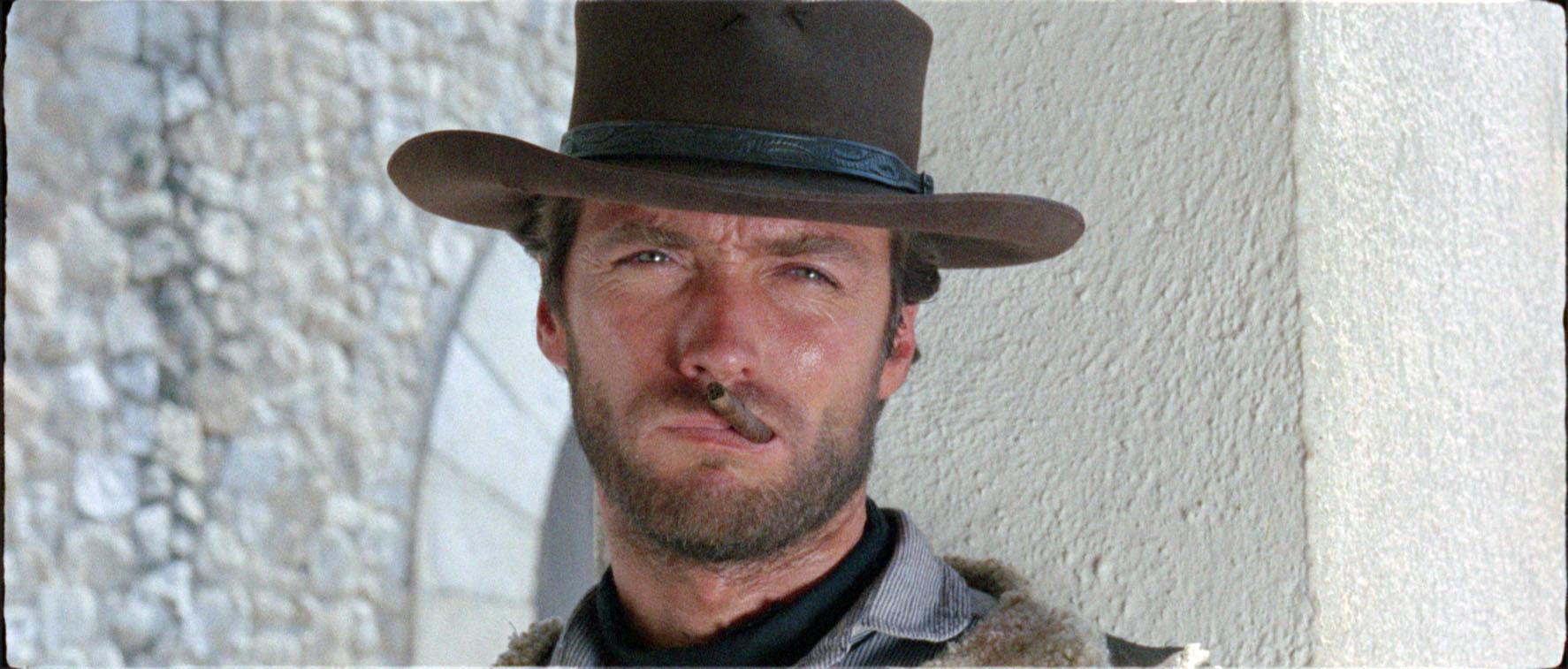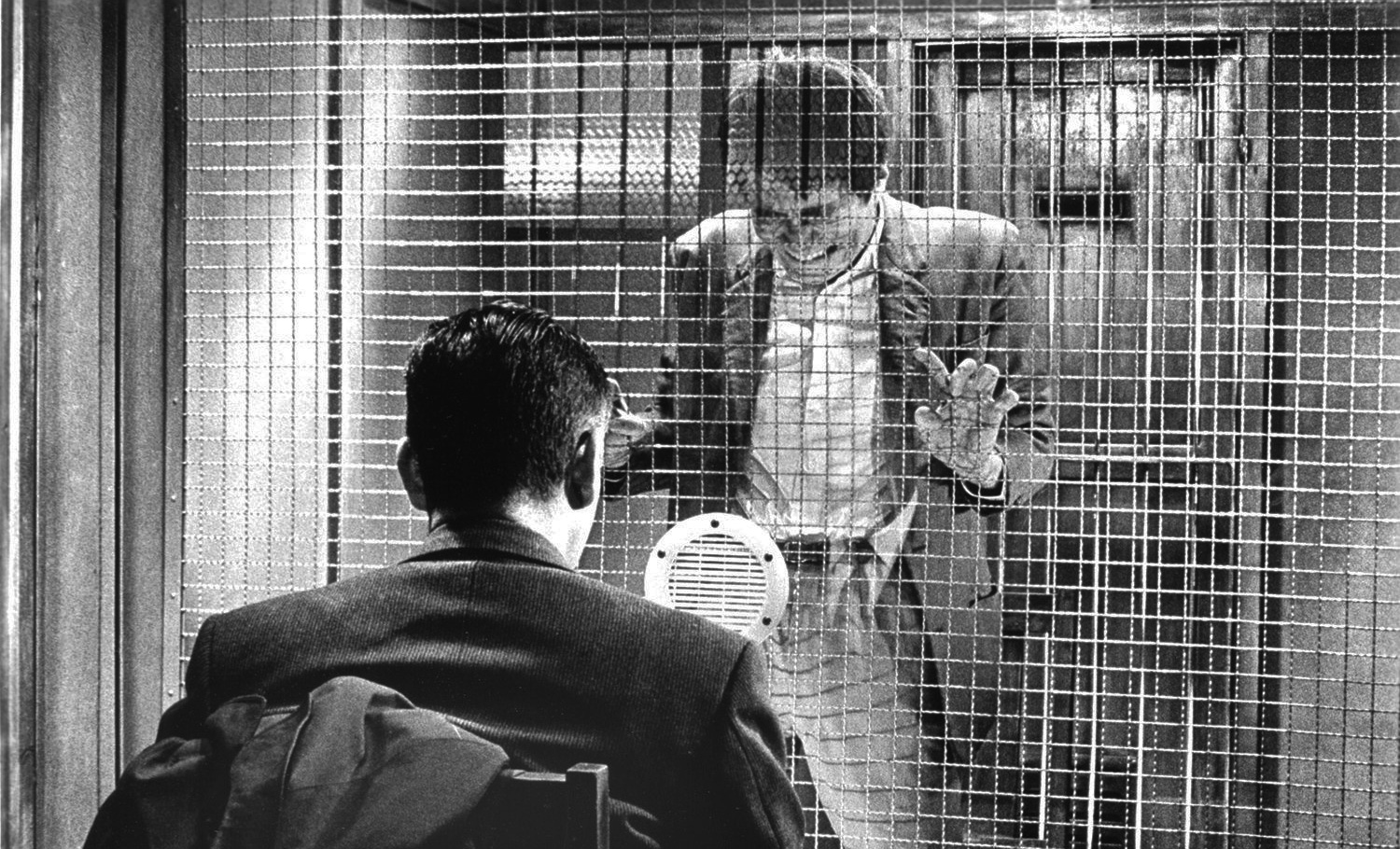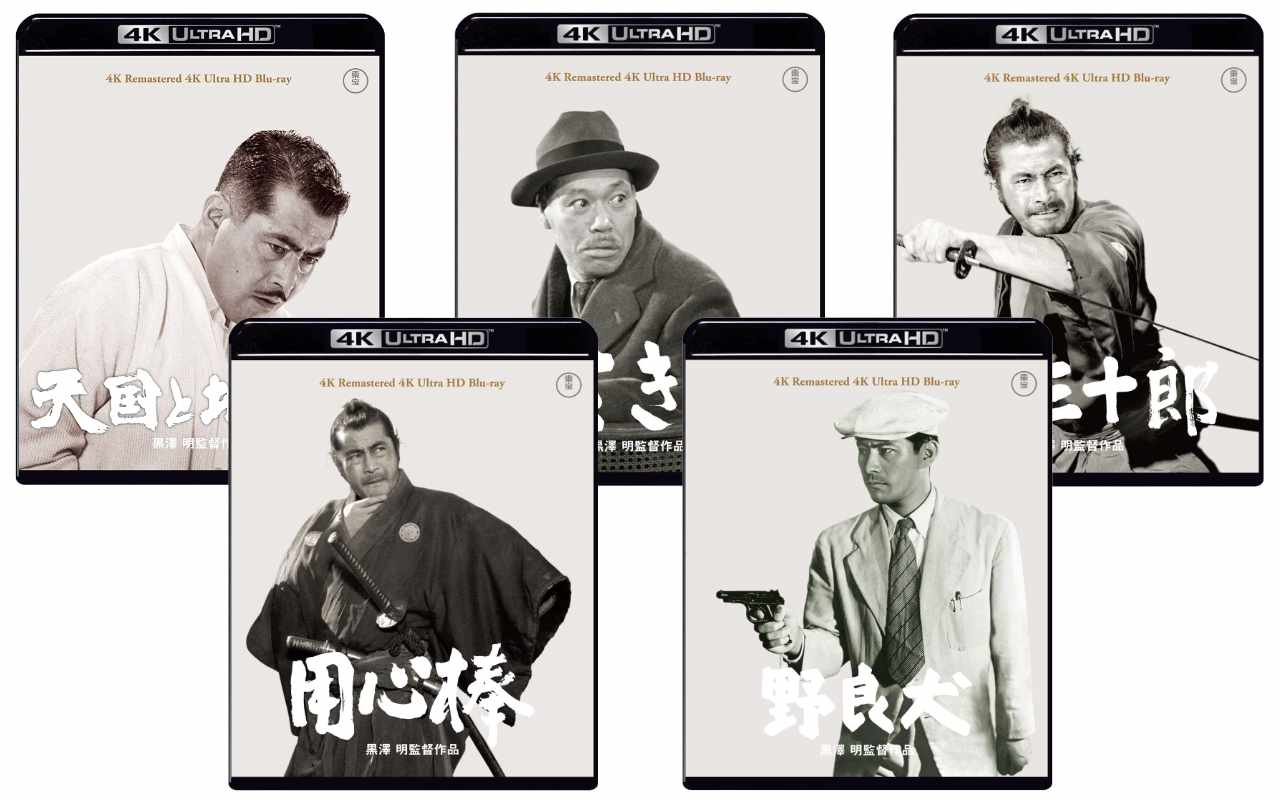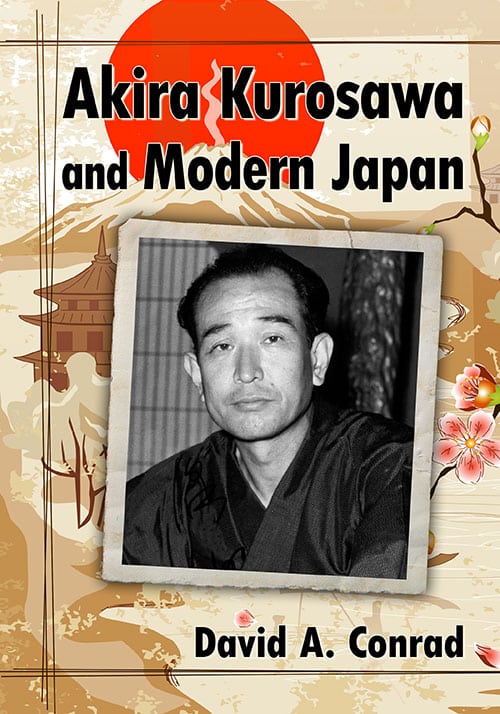Sanjuro: The final blow
-
6 December 2009
6 December 2009
Ugetsu, I agree that he’s taking things to the extreme to underline the real nature and consequences of the violence that preceded it, but he also included it because it was what the storyline called for. I’m not surprised that Kurosawa regretted his role in instigating more violent genre films, but I see the problem as lesser directors using awe-inspiring filmed violence for its own sake, forgetting both story and true artistry.
I’ve always assumed that Yojimbo and Sanjuro paved the way for increased violence in films generally, not just Japanese ones and that Peckinpah, to cite one example, was able to do what he did in his films in part because of Kurosawa’s accomplishments in that regard.
I don’t know how violent Japanese films got in the three years between Yojimbo and Sanjuro or whether Kurosawa could be lecturing his audience through that last scene in Sanjuro, though given the fact that he preferred storytelling to didacticism (even though most of his films have a point) it seems unlikely that he consciously had that motivation.
9 December 2009
From the Final Blow of Sanjuro back to the forest of Rashomon:
Both Ugetsu and lawless indicate some of the complexity of Kurosawa’s attitudes toward violence, and his role in paving the way for the use of graphic violence in films.
But…I just wonder, lawless…are you sure that Kurosawa is NOT being didactic? Sometimes I have this sneaking suspicion that Kurosawa’s films, characters and story get away from him. I sometimes think he is like the guy holding his hands behind his back, vehemently denying that he was in the chicken coop, and you believe him…until you hear…”Squawk!” and a few feathers fly into the air.
It’s as if he is trying to forward one message, but that it all escapes his control. I sometimes wonder if his reputation as being imperial and a perfectionist have more to do with a personality that feels out-of-control rather than someone with absolute certainty. It’s one way for me of explaining the complexity of his films.
My other reading is this: I wonder if time, distance, and cultural differences make our readings of his films complicated? Is it Kurosawa who builds inner contradictions into his work purposefully, or is he a didactic guy, with a plan, and the work has its own life that he cannot fully control?
Or could it be that time and distance giving us different readings? Are we so removed from the daily life in which he created his films, that we must insert our own worldview and reality into his? Is it as Paul Valery said,
“Our fine arts were developed, their types and uses were established, in times very different from the present, by men whose power of action upon things was insignificant in comparison with ours. But the amazing growth of our techniques, the adaptability and precision they have attained, the ideas and habits they are creating, make it a certainty that profound changes are impending in the ancient craft of the Beautiful. In all the arts there is a physical component which can no longer be considered or treated as it used to be, which cannot remain unaffected by our modern knowledge and power. For the last twenty years neither matter nor space nor time has been what it was from time immemorial. We must expect great innovations to transform the entire technique of the arts, thereby affecting artistic invention itself and perhaps even bringing about an amazing change in our very notion of art
.””~Paul Valéry, Pièces sur L’Art, 1931
Has that change already occurred, and are we so far away that original intent is impossible to recapture? Is film itself, a means to make inauthentic one’s thoughts and emotions regarding genuine experience?
“The situations into which the product of mechanical reproduction can be brought may not touch the actual work of art, yet the quality of its presence is always depreciated. This holds not only for the art work but also, for instance, for a landscape which passes in review before the spectator in a movie. In the case of the art object, a most sensitive nucleus – namely, its authenticity – is interfered with whereas no natural object is vulnerable on that score. The authenticity of a thing is the essence of all that is transmissible from its beginning, ranging from its substantive duration to its testimony to the history which it has experienced. Since the historical testimony rests on the authenticity, the former, too, is jeopardized by reproduction when substantive duration ceases to matter. And what is really jeopardized when the historical testimony is affected is the authority of the object.”~ Walter Benjamin, “Art in the Age of Mechanical Reproduction”
Kurosawa probably knew, more than anyone, the malleability of the symbol-image.
He probaly knew more intimately than most that a swastika can mean one thing in one culture at one time, and something quite different in another culture in another time. (The swastika seen, as a child, from a Western post-WW II understanding can be shocking when it is confronted unexpectedly, in Buddhist art for the first time!)
And, we know from the various interpretations of the New Testament to the simple misunderstandings from reading Email or text messages that the written word can take on a varied life, as well. Maybe Rashomon becomes the ultimate statement for Kurosawa about his life, his work, and making art-
Maybe he needed to stop his autobiography there-it was his mature understanding that something happens-then, how people interpret it is beyond his ability to control…or even to fully understand. And, the one good thing is to support new life (make films)…even if one is flawed, and even if the medium itself has a “symbolic” and “sign”-relationship to reality.
10 December 2009
Coco – I’ve seen your post but I need to read it again more carefully and think through a response, so I’ll get back to you later.
10 December 2009
Coco – You may well be right that Kurosawa has a message and can be didactic. I haven’t seen most of his more didactic films, such as Record of a Living Being. Most of his films have a viewpoint, message, or agenda to be advanced. However, I’m uncertain if he’s being didactic in the scene in Sanjuro under discussion, or if he is, at least not to the extent our esteemed colleague Ugetsua (and here I’m not primarily being ironic) suggests. To my mind, the violence and Sanjuro’s admonition is also part and parcel of the movie, which is trying to contrast the sword that stays in its sheath, at least until it’s needed, with those whose weapons are always ready.
As you suggest, Kurosawa’s didacticism also serves the story, or perhaps I should say the story is crafted to both make a point and create an entertaining, or at least interesting, story. This is much of why I love Kurosawa: he didn’t make movies just to tell stories, but also to tell us something about ourselves and the world, and sometimes to point out things he felt needed changing, but he (mostly) never descended into mere preachiness and message-pandering. This is one of the things that to my mind separates him from some of his American admirers and imitators, such as Lucas, Spielberg, and even Coppola.
I don’t feel competent to comment on the material you quote other than to say that I think that from our perspective 40+ years later, it’s hard to go back and understand the milieu in which Kurosawa made the film even if you assume that by then cinema was an international phenomenom and thus it’s hard to gauge what, if anything, Kurosawa was saying about cinematic violence with Sanjuro’s admonition to his crew of young samurai followers.
Does anyone here have any knowledge of (a) cinematic violence in Japanese movies in the period between the release of Yojimbo (1961) and Sanjuro 1964) and whether Yojimibo contributed to an increase or change in it, as Ugetsu suggests; (b) cinematic violence in movies generally during the same period and Yojimbo‘s influence on it, as I suggest; (c) Yojimbo’s and Sanjuro’s effect on cinematic violence post-1964, and (d) what film critics have to say about Kurosawa’s influence on cinematic violence? Would Peckinnpah have made The Wild Bunch or Straw Dogs the same way or when he did had it not been for Kurosawa’s example? Were directors like Peckinpah even aware of and familiar with Kurosawa’s films when they made their own more violent movies? (If Leone is in this category, as he probably should be, clearly the answer for him is a resounding ‘yes’, seeing as A Fistful of Dollars was determined by a court to be a direct ripoff of Yojimbo.)
10 December 2009
I would say that Ugetsu has a very good point here. It certainly feels like Kurosawa could be reprimanding us for enjoying the violence in Yojimbo (although I must say that I rather find the violence there really disgusting, which might actually make Kurosawa happy), and we as the audience double as the young samurai. And perhaps we are not the young samurai only in this scene but also elsewhere — throughout the film, Sanjuro keeps trying to keep them away from violence.
And you are right, fights in Kurosawa from then on do stay serious. I wouldn’t actually call the fight scene in Red Beard “fun” — with all the bones cracking and those limbs twisting, I feel a cold shiver run down my spine even when just thinking about it!
Kagemusha and Ran are, of course, something like ultimate statements of what violence looks like. The final scene of Kagemusha in particular.
What I’d like to ask though is whether fighting before Yojimbo was really “fun”, either? Fighting in Seven Samurai, for instance, is I think dead serious throughout. You do have a hilarious take on the sword duel in Rashomon, but even that one is dead serious from the characters’ point of view.
Lawell — Yes, everything that I have read has suggested that Yojimbo opened the flood gates so to speak, and suddenly Japanese cinemas were taken over by ultra-violent samurai and yakuza films. Kurosawa himself lamented this development in a few interviews. Whether that influence propagated directly to the west is another question, but certainly A Fistful of Dollars was considered a violent film at the time, and the films that sort of followed the trend like Django seemed determined to take the violence even further.
10 December 2009
Vili:
What I’d like to ask though is whether fighting before Yojimbo was really “fun”, either? Fighting in Seven Samurai, for instance, is I think dead serious throughout
I think that Kikuchiyo taking Yohei’s spear and pulling it out of the dead bandit is funny. I think it foreshadows “funny violence” like the stuff in Coen Bros., Tarantino, et al.; stuff that makes you gasp and laugh.
For real, I was laughing and wincing in the Red Beard smackdown, too.
I suppose Ugetsu‘s right-Kurosawa makes us as what we really think and feel. I laugh and cannot help it, though I know that’s wrong, and if the violence were real, would be horrible!
I appreciate this, lawless:
To my mind, the violence and Sanjuro’s admonition is also part and parcel of the movie, which is trying to contrast the sword that stays in its sheath, at least until it’s needed, with those whose weapons are always ready.
I really do think that is the moral of the story, so to speak, and that Kurosawa may be both a Constructivist didact and a creative artist in the same package. After all,
Because all learning is filtered through pre-existing schemata, constructivists suggest that learning is more effective when a student is actively engaged in the learning process rather than attempting to receive knowledge passively.
~ Wikipedia entry on Constructivist teaching.
Walter Benjamin has lots of troubling stuff to say about art-and it is difficult stuff to deal with, but I suspect he is worth wrestling ! But, that’s probably for another post.
21 December 2009
think that Kikuchiyo taking Yohei’s spear and pulling it out of the dead bandit is funny. I think it foreshadows “funny violence” like the stuff in Coen Bros., Tarantino, et al.; stuff that makes you gasp and laugh.
For real, I was laughing and wincing in the Red Beard smackdown, too.
I suppose Ugetsu’s right-Kurosawa makes us as what we really think and feel. I laugh and cannot help it, though I know that’s wrong, and if the violence were real, would be horrible!
I agree with this – I think the notion of ‘funny violence’ is quite central to a lot of Kurosawa’s films. Perhaps there are earlier examples (the wisecracking gangsters in Hollywood 1930’s B-Movies?), but I think the modern version of it can be directly ascribed to AK. There is of course something morally indefensible about being thrilled by violence, but there it is, most of us love it! I must admit to having replayed the fight scene in Red Beard more times than anything in that film, I love it so much!
Incidentally, according to this review, in David Thompsons new book on Hitchcock he ascribes the origin of Eastwoodesque wisecracking black humour and violence to ‘Psycho’. Surely this is incorrect? While Psycho was made a year before Yojimbo, I’ve always assumed that Clint Eastwood traced his signature performance directly back to the ‘this is going to hurt’ scene in Yojimbo. But then again, Thompson described Kurosawa as ‘second rate’ in his Biographical Dictionary of Cinema.
21 December 2009
Thompson is entitled to his opinion-even if he is dead wrong!
22 December 2009
coco
Thompson is entitled to his opinion-even if he is dead wrong!
He’s entitled to his views, and to be fair one reviewer compared him to an experimental jazz musician who hits both great and bum notes (and I do enjoy some of his writings, apart from when he gets embarrassingly sycopanthic about his favourite stars), but I do think that when he gets things factually wrong he needs to be called out on it. I’m pretty sure I’ve read from more than one source that Eastwood considered Mifune his main inspiration for his early film characters.
Leave a comment
Log in or to post a comment!






In everything I’ve read on Sanjuro there is a general fascination with the spectacular last fight. I find it one of the most stunningly shocking scenes in cinema, my jaw still drops when it happens, even though I know exactly what is going to happen! It is reminiscent of course of the spectacular end of Washizu in Throne of Blood, and I know we had a good discussion on that topic.
I’ve commented a few times in the past on my pet theory, that what makes Kurosawa unique among his contemporaries is the way he constantly engages in a dialog with his audience, he seems to be always saying ‘what do you think?’. For me, he never lectures his audience in a way that seems usual for ‘serious’ film makers. But here in this scene, I feel its purpose is to actually reprimand the audience for enjoying the fun violence that has gone before. He isn’t presenting a spectacular fight for enjoyment, he is actually rubbing the audiences nose in it, saying ‘this is what sword fighting really is’. The fact that Sanjuro directly addresses and admonishes his audience (the nine samurai) seems to confirm this.
I know that in terms of film history, Yojimbo was seen as a watershed in Japanese film towards far more violent genre films, and that Kurosawa regretted his role in this. I wonder if the scene is a deliberate reproach to film goers for supporting such films? Or am I reading too much into this?
I know this theory is slightly undermined by the fact that in future films (especially the brilliant fight scene in Red Beard), Kurosawa didn’t abandon ‘fun’ fight scenes as pure entertainment. But I think that for most of his films from then on, fighting was deadly serious in his films indicating a change in his view on cinema violence.